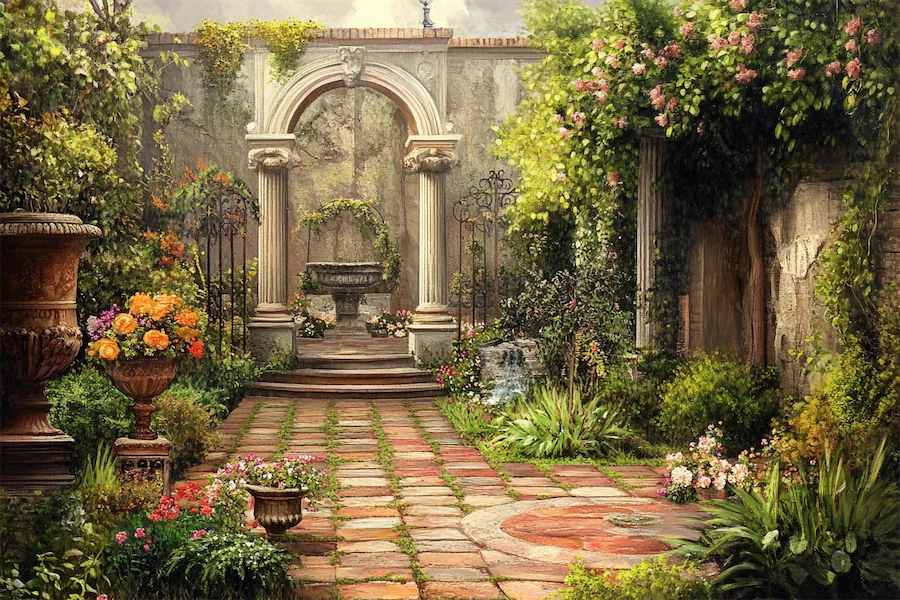The Italian Renaissance garden, or giardino all’italiana, emerged in the late 15th century in Rome and Florence, reflecting classical ideals of order, beauty, and harmony. These gardens were designed for aesthetic pleasure, contemplation, and to showcase the owner’s wealth and taste.
History and Origins of Italian Renaissance Gardens
Inspired by ancient Roman gardens, the Italian Renaissance garden marked a departure from the enclosed medieval hortus conclusus. The Renaissance emphasis on humanism and the rediscovery of classical antiquity influenced garden design, integrating art, architecture, and nature. Notable early examples include the Boboli Gardens in Florence and the Villa d’Este in Tivoli.
Key Features of Italian Renaissance Gardens
Italian Renaissance gardens are characterized by:
- Symmetry and Geometry: Layouts feature precise geometric patterns, reflecting Renaissance ideals of harmony and proportion.
- Terraces: Utilizing Italy’s hilly terrain, gardens often have multiple levels connected by grand staircases, providing varied perspectives.
- Water Features: Fountains, cascades, and grottoes serve both decorative and cooling purposes, often adorned with sculptures.
- Statuary and Ornamentation: Classical statues, urns, and topiary add artistic elements, conveying themes from mythology and history.
- Integration with Architecture: Gardens are designed as extensions of the villa, with loggias and pathways creating a seamless indoor-outdoor experience.
Applications of Italian Renaissance Gardens
Originally, these gardens adorned the estates of the wealthy, symbolizing power and cultural sophistication. Today, they influence landscape design worldwide, inspiring public parks, institutional grounds, and private residences that seek to emulate their elegance and structure.
Considerations When Creating an Italian Renaissance Garden
When designing such a garden, consider:
- Site Selection: Choose a location that allows for terraces and offers scenic views.
- Design Consistency: Maintain harmony between the garden and adjacent architecture.
- Plant Selection: Opt for plants suitable for shaping and capable of thriving in the local climate.
- Maintenance: Regular upkeep is essential to preserve the garden’s formal structure and aesthetic appeal.
Conclusion
The Italian Renaissance garden represents a fusion of art, architecture, and nature, embodying the Renaissance pursuit of beauty and knowledge. Understanding its history and features allows for an appreciation of its lasting impact on landscape design.
